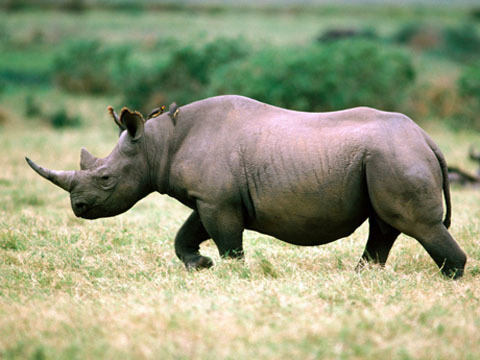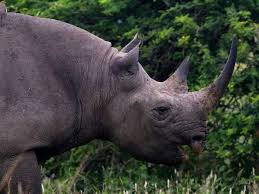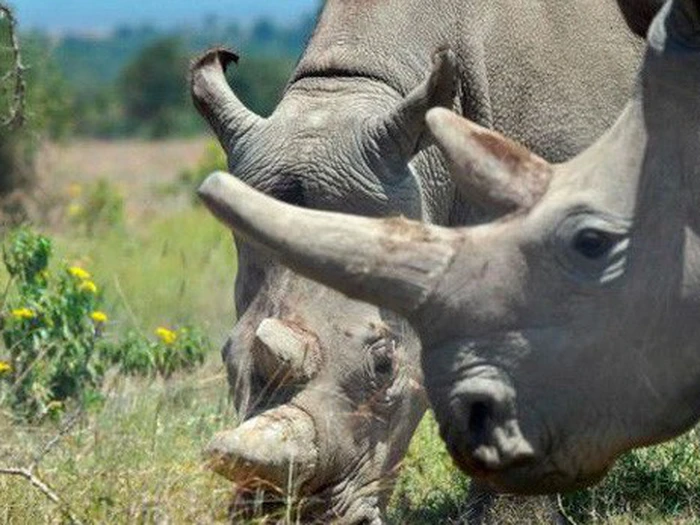The Black Rhino – Nature’s Armored Warrior

The Black Rhino – Nature’s Armored Warrior
With thick, armor-like skin, iconic horns, and a bold attitude, the Black Rhinoceros stands as one of Africa’s most awe-inspiring and endangered animals.
Despite its name, the Black Rhino isn’t actually black—it’s gray, much like its cousin, the White Rhino. What sets it apart is its distinctive hooked upper lip, which it uses to grab shrubs, twigs, and leaves, unlike the flat-lipped White Rhino, which grazes on grass.
Native to parts of eastern and southern Africa, Black Rhinos are solitary and highly alert. Known for their unpredictable temperament, they won’t hesitate to charge if they sense danger. Don’t be fooled by their size—these animals can reach speeds of up to 55 km/h (34 mph).
Their horns, made of keratin (the same protein as human nails), serve multiple purposes: defense, digging, and dominance. Tragically, they are also the reason this species is critically endangered. Rampant poaching, fueled by illegal horn trade, has pushed the species to the brink of extinction.
Today, fewer than 6,500 Black Rhinos remain in the wild. Conservationists are working tirelessly to protect them through anti-poaching patrols, habitat management, and relocation to safer reserves. Advanced technologies like GPS tracking are now part of modern efforts to monitor and protect these majestic creatures.
Beyond their visual majesty, Black Rhinos play a crucial ecological role. By browsing and clearing dense shrubs, they help shape the landscape and maintain balance in their ecosystem—supporting biodiversity for countless other species.
The survival of the Black Rhino is not just about saving one species; it’s about preserving the wild heart of Africa. In protecting this ancient giant, we protect a piece of our planet’s soul.
Big hearts need big protection. The time to act is now.











